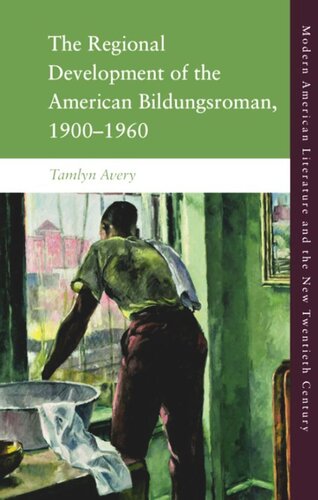

Most ebook files are in PDF format, so you can easily read them using various software such as Foxit Reader or directly on the Google Chrome browser.
Some ebook files are released by publishers in other formats such as .awz, .mobi, .epub, .fb2, etc. You may need to install specific software to read these formats on mobile/PC, such as Calibre.
Please read the tutorial at this link: https://ebookbell.com/faq
We offer FREE conversion to the popular formats you request; however, this may take some time. Therefore, right after payment, please email us, and we will try to provide the service as quickly as possible.
For some exceptional file formats or broken links (if any), please refrain from opening any disputes. Instead, email us first, and we will try to assist within a maximum of 6 hours.
EbookBell Team

4.0
96 reviewsWhy did the Bildungsroman, defined as the novel of development, and its protagonist Youth, become the symbolic form of the U.S.’s cultural preoccupation with regional difference amidst the nation’s rapid but uneven development c.1900–1960? As a genre that historically represented the young individual’s development in national-historical time, the Bildungsroman became one crucial means of configuring the culturally, politically, and economically asymmetrical effects of national modernization and the U.S.’s political ascendence within the capitalist world-system. Responding to that predicament, the novel of uneven development rose to salience, led by its protagonist, the unfixed youth, whose development within the national-historical time of Americanization is unsettled by their preoccupation with regional difference: an immobilizing entanglement I call American literature’s regional complex. This book maps four prominent variations across the Midwest, Northeast, South, and Southwest that responded to that uneven development, fragmenting, and ultimately denying the Bildungsroman’s consolidation into a coherent nationalist form